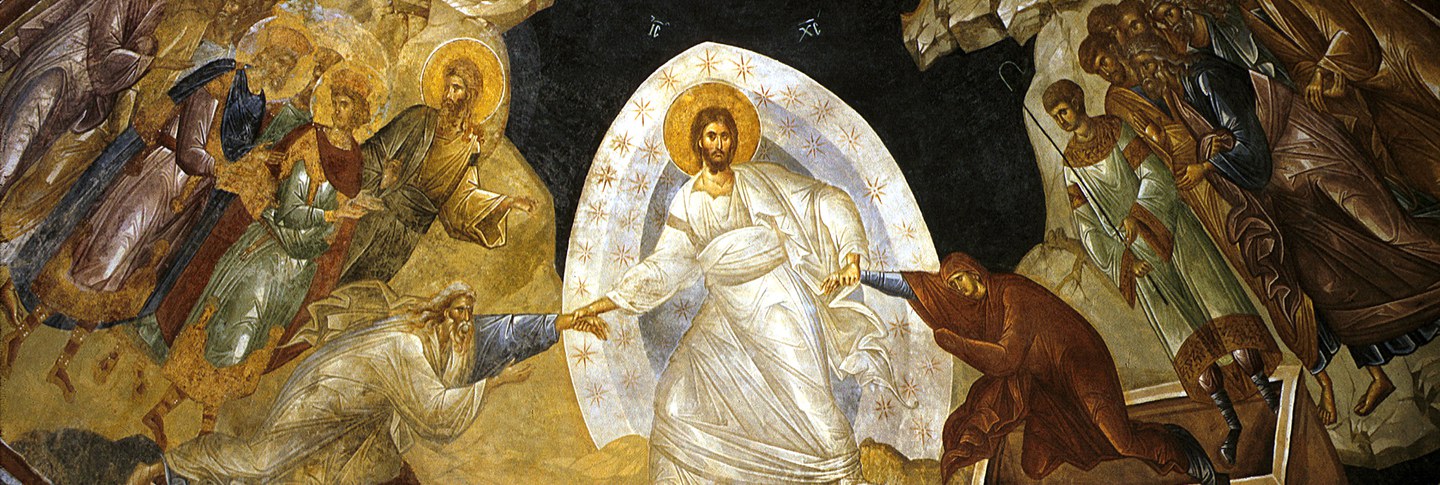[First posted in AWOL 29 May 2012, updated 26 July 2025]
ISSN: 2325-9345
Follow the links below for a complete archive of articles published in Dumbarton Oaks Papers arranged by volume. Abstracts are provided wherever possible. Articles are hosted open access on Internet Archive, where they are tagged by subject, and can also be found on JSTOR.
A complete, searchable bibliographic database is available via Zotero.
Complete Archive of
Dumbarton Oaks Papers1 | 2 | 3 | 4 | 5 | 6 | 7 | 8 | 9–10
11 | 12 | 13 | 14 | 15 | 16 | 17 | 18 | 19 | 20
21 | 22 | 23-24 | 25 | 26 | 27 | 28 | 29 | 30
31 | 32 | 33 | 34–35 | 36 | 37 | 38 | 39 | 40
41 | 42 | 43 | 44 | 45 | 46 | 47 | 48 | 49 | 50
51 | 52 | 53 | 54 | 55 | 56 | 57 | 58 | 59 | 60
Comprehensive Lists of All Articles
See the full List of Open Access Journals in Ancient Studies










 Stumble It!
Stumble It!

No comments:
Post a Comment